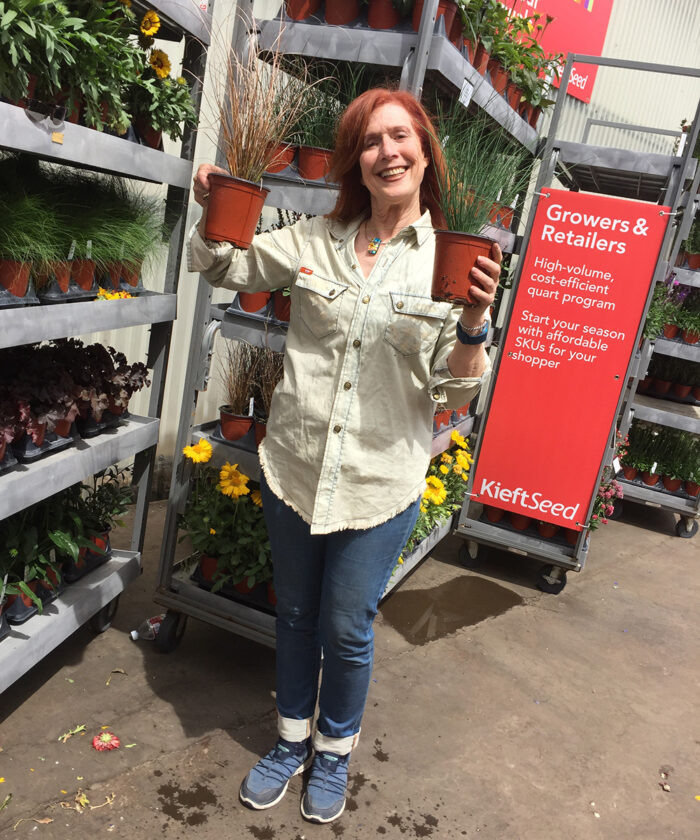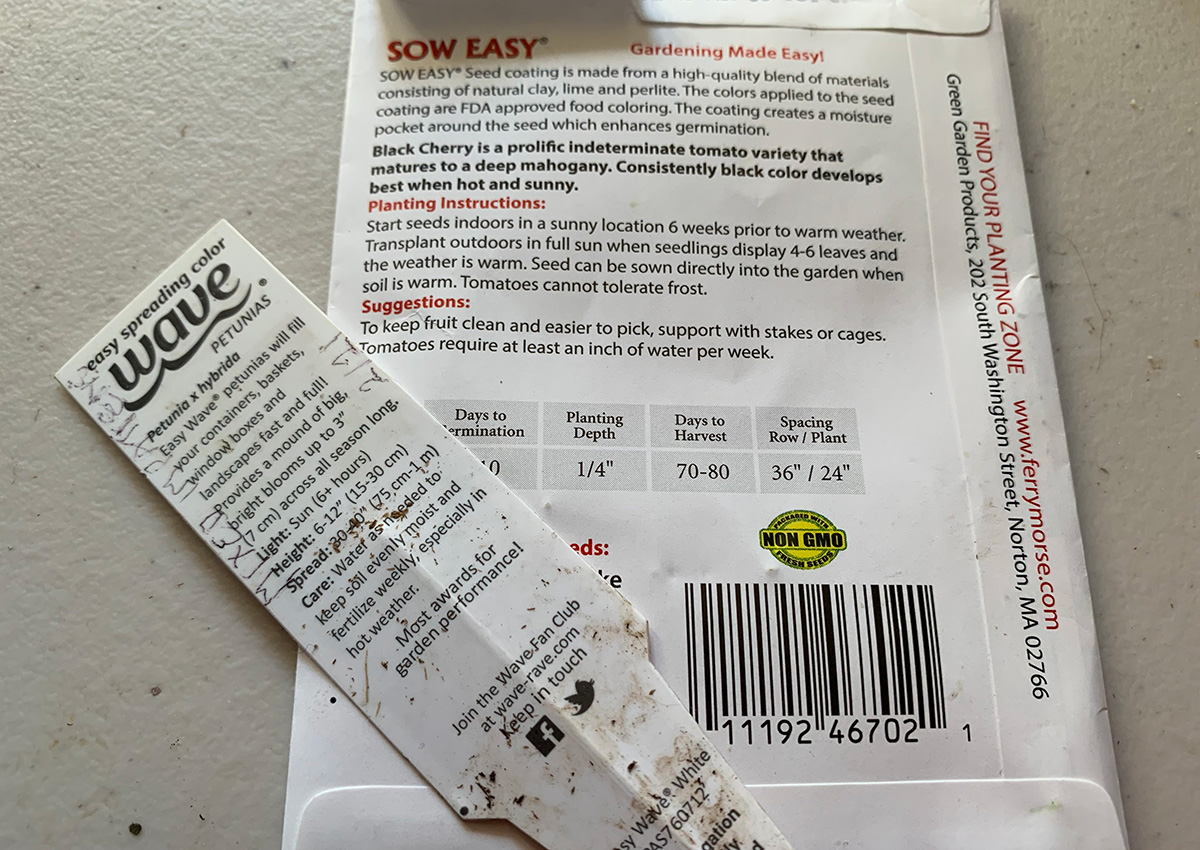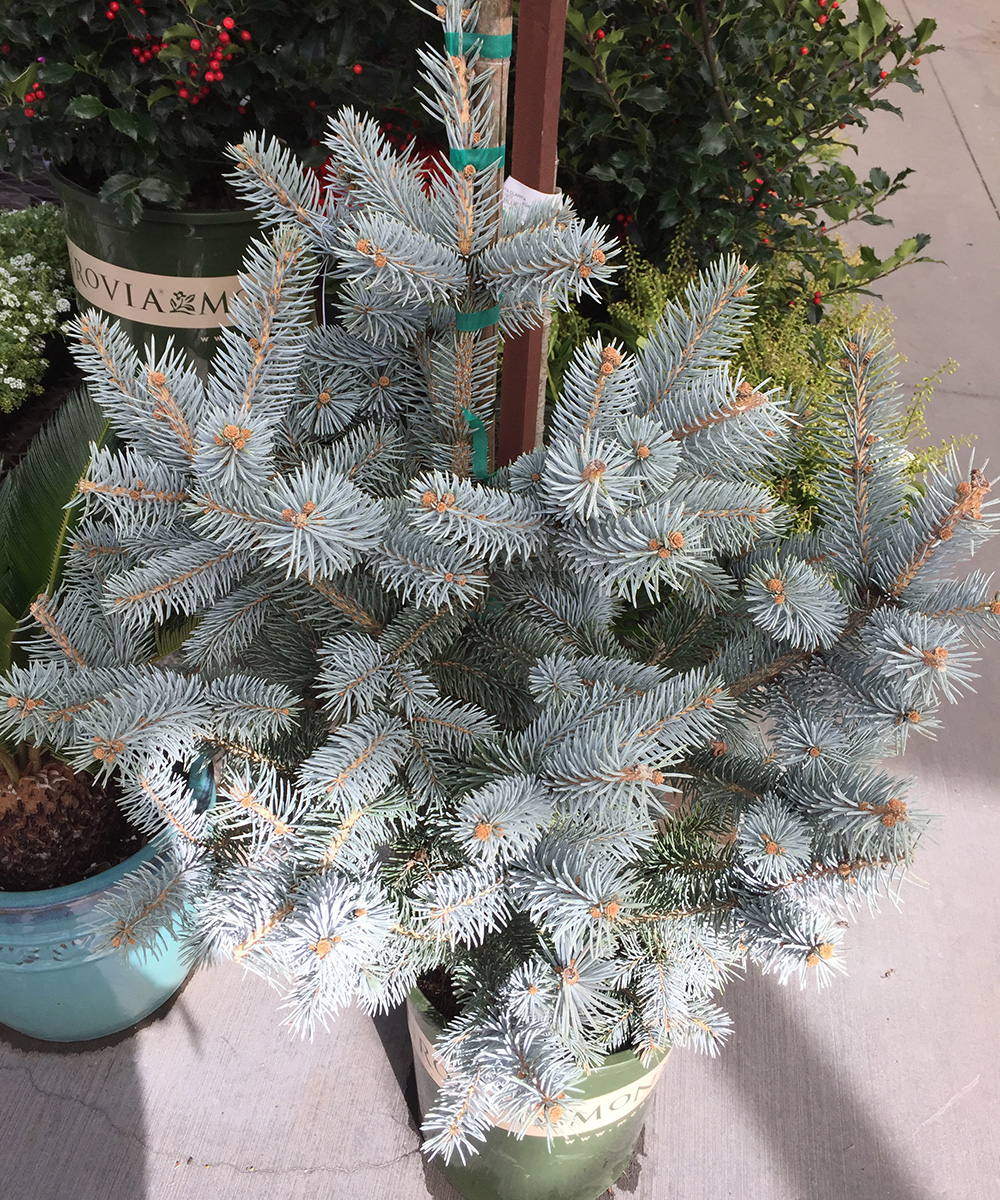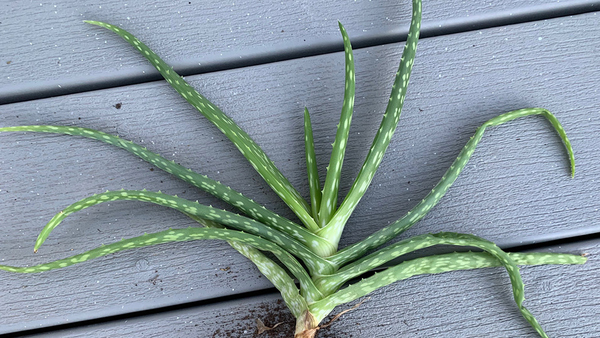
Garden centers offer a wide range of lovely plants. Yet it’s important to consider not only the plants that we find eye-catching but also those that will thrive in our individual landscapes. Sometimes a plant that looks wonderful in the garden center will languish in the final home where it is planted. Even a plain plant that grows happily will be more beautiful than a glamorous one struggling to survive.
The plants we buy in home stores or garden centers are usually cultivated in large, highly controlled greenhouse conditions. Some of them may have been hardened off (acclimated) outdoors if locally grown, but most are still accustomed to artificially cozy conditions. If the light, soil, temperature, and humidity in their future homes will expose them to a less-than-ideal environment, expect that they will suffer some shock.
Although it is possible to adapt our gardens to raise most plants that we like, it is a lot easier to grow plants that are naturally adapted to our existing environment. If the changing conditions are only transitory—like adjusting from a greenhouse to the outdoor landscape—the new arrivals can be transitioned gently into place. Where it gets a little more complicated, however, is when we try to grow plants that have naturally evolved in contrasting environments—like trying to make acid-loving azaleas happy in our calcareous soils or to make humidity-lovers like the Boston fern (Nephrolepis exaltata and cvs., Zones 9–11) at home in hot, dry, inland Southern California.
Here are some tips to help create a successful landscape when shopping for plants in a local Southern California garden center.
1. Read plant tags with caution. They are written for gardens across the entire country. “Full sun” in New England might translate to “partial shade” for the searing sunshine of Southern California.
2. Harden off new purchases. Let them sit for several days in the exact site where they will be planted to give them a chance to adapt to their new locations before disturbing their roots. If their new homes will be in full sun, give them some temporary shade baffles for a few days to help with the transition. A nearby rock, board, or piece of vertical fabric to shade from the hottest sunshine of the day can prevent sunburn. Check the soil daily, since roots confined to pots can dry out quickly.
3. Keep in mind the ultimate full-grown size of young plants. The cutest potted plant sometimes grows into something quite different once it matures. Examples are some of the charming little potted Christmas trees that can grow into 90-foot giants, or varieties of the clambering trumpet vines (Campsis spp. and cvs., Zones 5–9) that will spread to drape a huge wall. Make sure the mature habit of growth (height and width) fits into the space where it will be expected to grow. Some plants have multiple varieties that have been bred for a range of growth habits, allowing the savvy gardener to find a good match. An example is the wide range in size and shape available in bottlebrush trees (Callistemon spp. and cvs., Zones 8–11). Look for varieties growing from low dwarves to tall, narrow, or umbrella-shaped shade trees.
4. If you really yearn for a favorite plant that is not advisable, it’s always worth a try. Life is quirky, and sometimes what shouldn’t work works anyway! Just don’t count on it. Planting special-care favorites in individual pots or specially prepared gardens might allow you to control the environment more easily. Trialing an iffy plant in a pot also affords the chance to test out different locations before actually committing garden space to it. But do think twice before adding a plant to your garden that is considered invasive, no matter how pretty it may be. Aggressive invaders can be difficult to remove and are harmful to the larger ecosystem.
5. Stay mindful of climate change. Weather changes, and it is becoming hotter and drier in Southern California. Plant for now and the future rather than what used to grow well in the past. Resilient plants will make the gardener’s life easier.
Spring is here, and our garden centers are filled with all kinds of wonderful plant choices. Before setting off to shop, try meandering through your yard and noting what kind of soil, sun, wind, water, and humidity each area of your landscape offers. Microclimates and soil conditions can vary from one foot to the next, offering accommodations for different plantings. Getting to know your property will make shopping more fun and successful for your new and future landscape.
—Jane Gates is the owner of Gates & Croft Horticultural Design in Los Angeles and the author of All the Garden’s a Stage: Choosing the Best Performing Plants for a Sustainable Garden.
Photos: Jane Gates





















Comments
Log in or create an account to post a comment.
Sign up Log in